Category: Neuroscience
-

Huntington’s Disease: A Genetic Tragedy of the Brain
Huntington’s disease is a rare, inherited brain disorder that damages movement, cognition, and mental health. Caused by a genetic mutation, it worsens over time with no cure, but research into gene-silencing, neuroprotection, and biomarkers brings hope for future treatments alongside supportive, multidisciplinary care.
-

Autism Spectrum Disorder: The Diversity Within Neurodiversity
Autism Spectrum Disorder (ASD) is a complex neurodevelopmental condition characterized by persistent difficulties in social communication and interaction, with restricted, repetitive behaviors and interests. ASD varies widely in severity and presentation, affecting individuals across all backgrounds. Early intervention improves outcomes, but ASD is lifelong and requires personalized support.
-

Oncolytic Viruses: Viruses as Cancer Killers
Oncolytic viruses selectively infect and destroy cancer cells while stimulating the immune system to attack tumors. Engineered for safety and efficacy, they show promise as innovative cancer therapies by combining direct viral killing with immune activation, though challenges such as delivery and immune clearance persist.
-
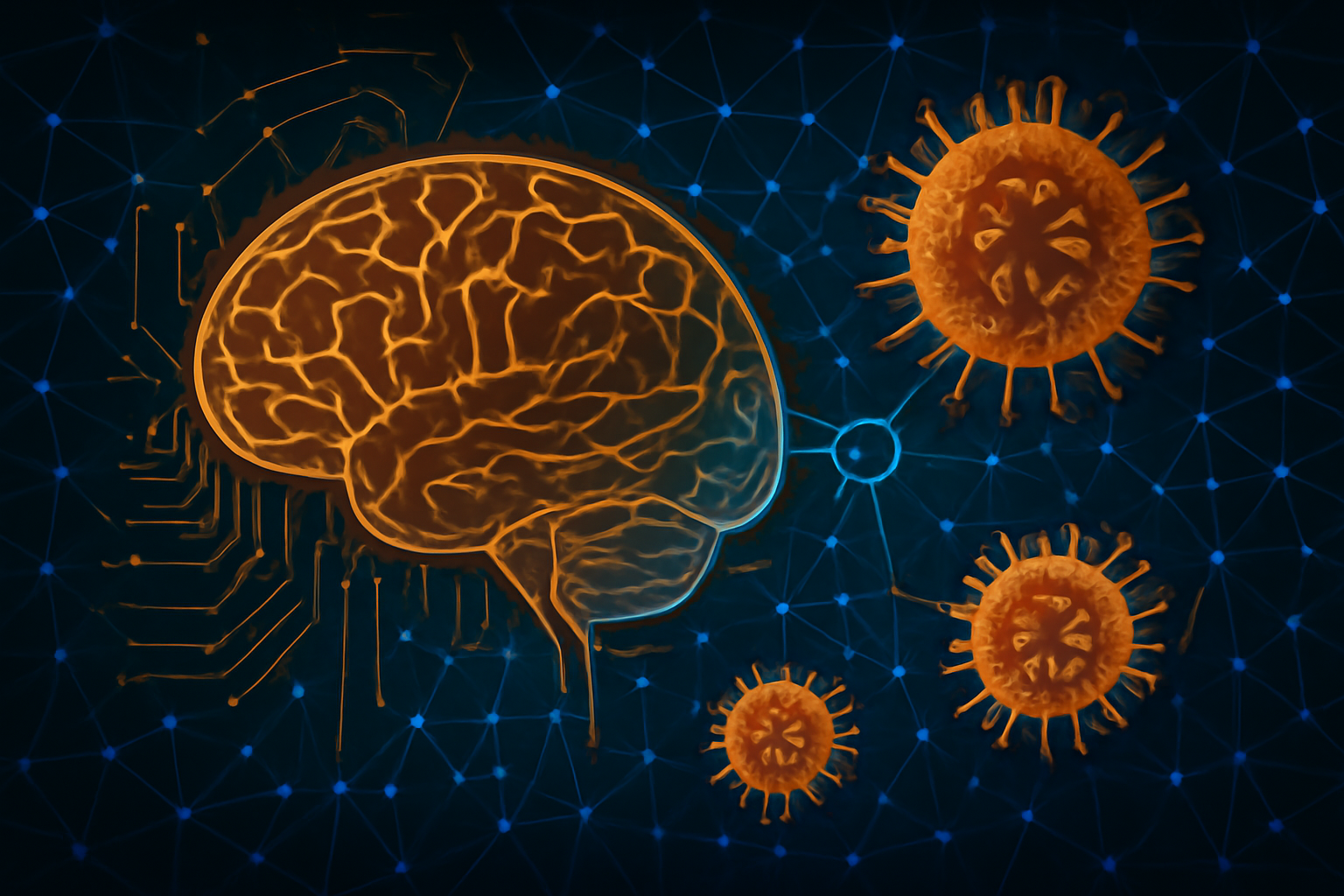
Neuroimmunology Unveiled: The Dynamic Dance of Brain and Immunity
The brain and immune cells are always in dynamic communication, interacting not just when illness or injury occurs, but throughout a person’s life, even in good health. Neuroimmunology explores how the nervous system and the immune system influence each other’s development, balance, and responses, and how their miscommunications can initiate neurological dysfunction.
-
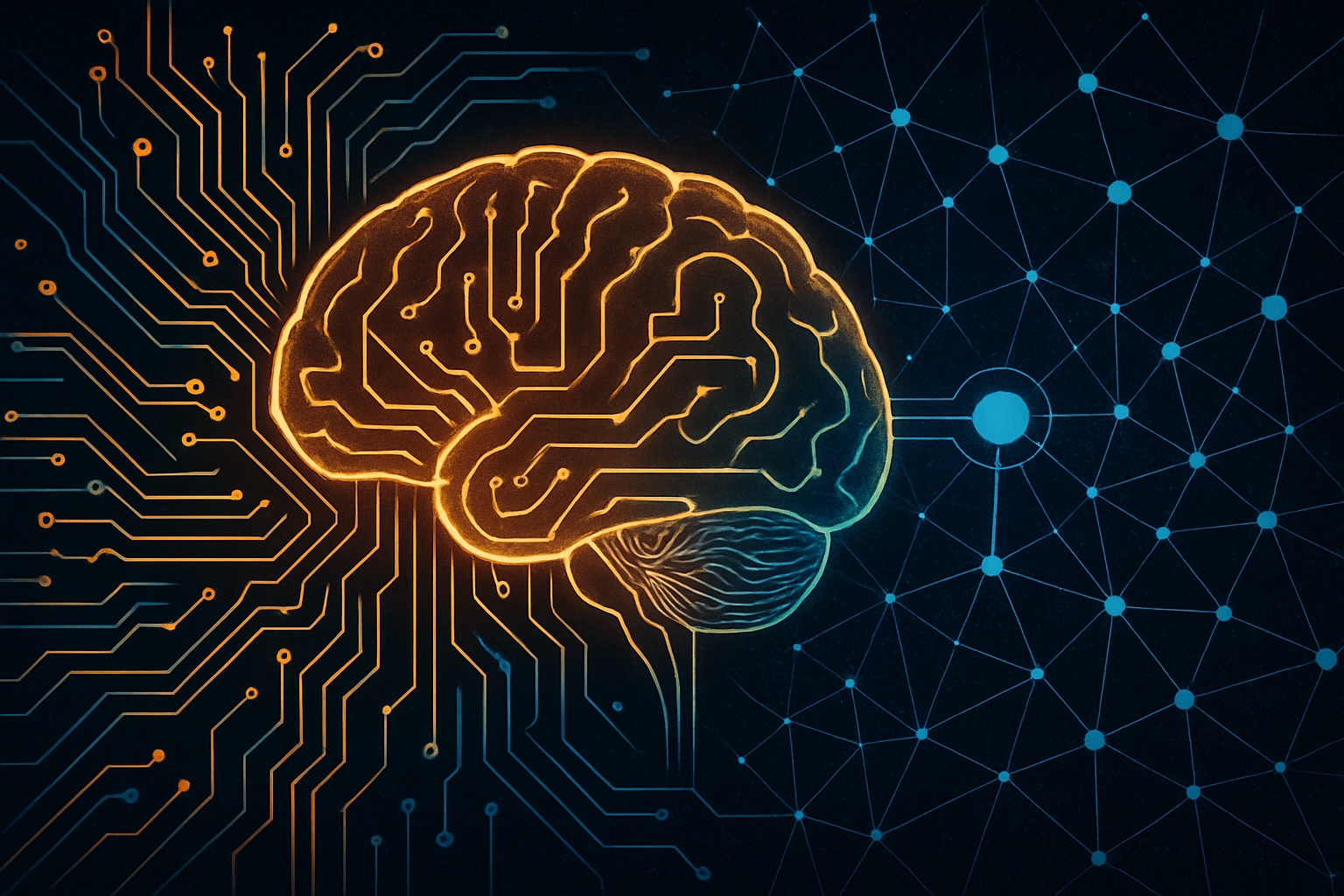
Neuroengineering: Bridging the Brain and Technology
Neuroengineering, alternatively referred to as neural engineering, uses the concepts and techniques of engineering to fill in the gap between our growing knowledge of the brain’s complex operations and the creation of useful technologies that can diagnose, heal, or enhance neurological function.
-
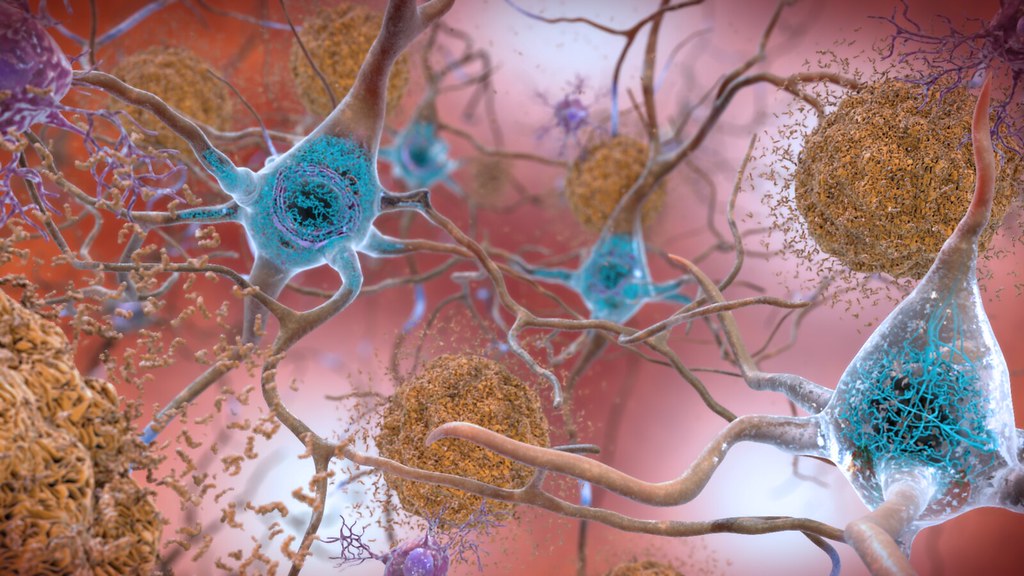
The Science of Misfolding: Understanding Protein Aggregation and Amyloid Formation
The specific three-dimensional shape of proteins is crucial to their proper functioning. But when the native conformation of proteins gets disrupted, it marks the beginning of protein misfolding and aggregation, processes that usually lead to significant health issues, most notably through the creation of specific, problematic aggregates called amyloids, which often lead to neurodegenerative diseases.
-
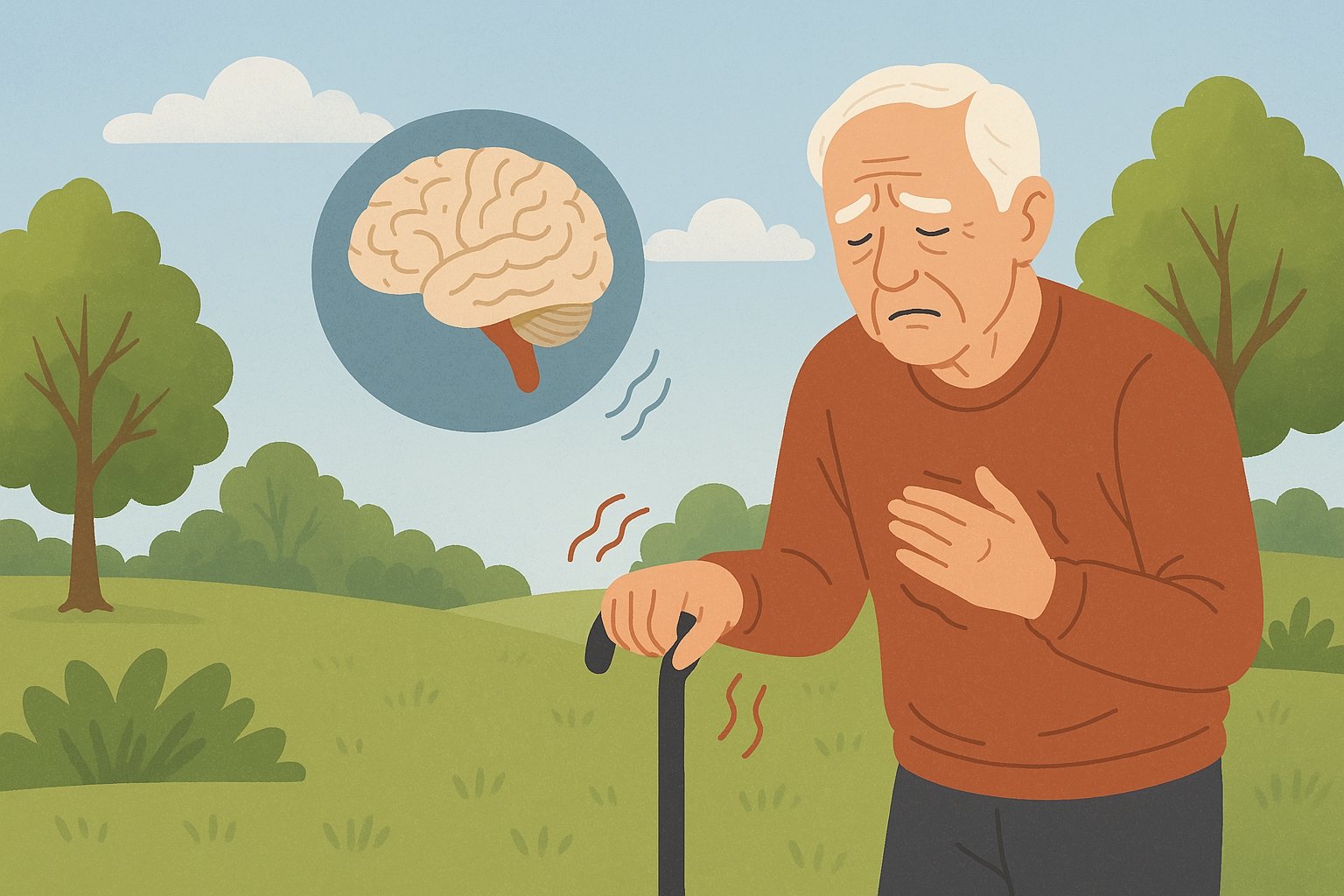
Parkinson’s Disease: Symptoms, Causes, and Emerging Insights
Parkinson’s disease is a progressive neurodegenerative condition that affects millions of people globally, and is the second most prevalent neurodegenerative disease after Alzheimer’s. PD primarily involves the relentless neurodegeneration of neurons in one section of the brain named the substantia nigra, the very same cells that are responsible for generating dopamine.
-
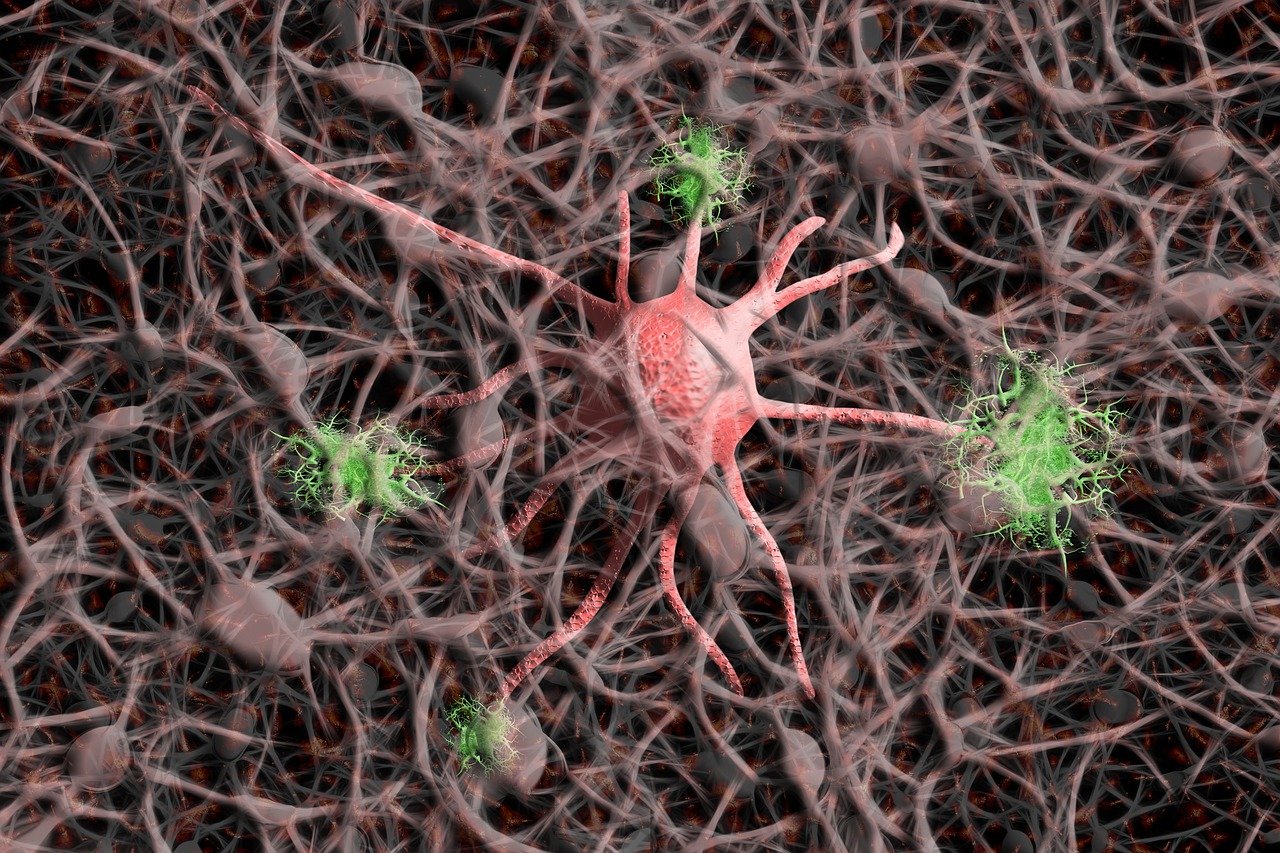
Neurodegeneration: Unraveling the Brain’s Decline
Neurodegeneration refers to the slow, progressive loss of structure and function of neurons. With the world’s population aging at an alarming rate, neurodegenerative illnesses are emerging as a world health crisis. The majority of such diseases are still incurable, with treatments available only to provide temporary relief or management of symptoms.